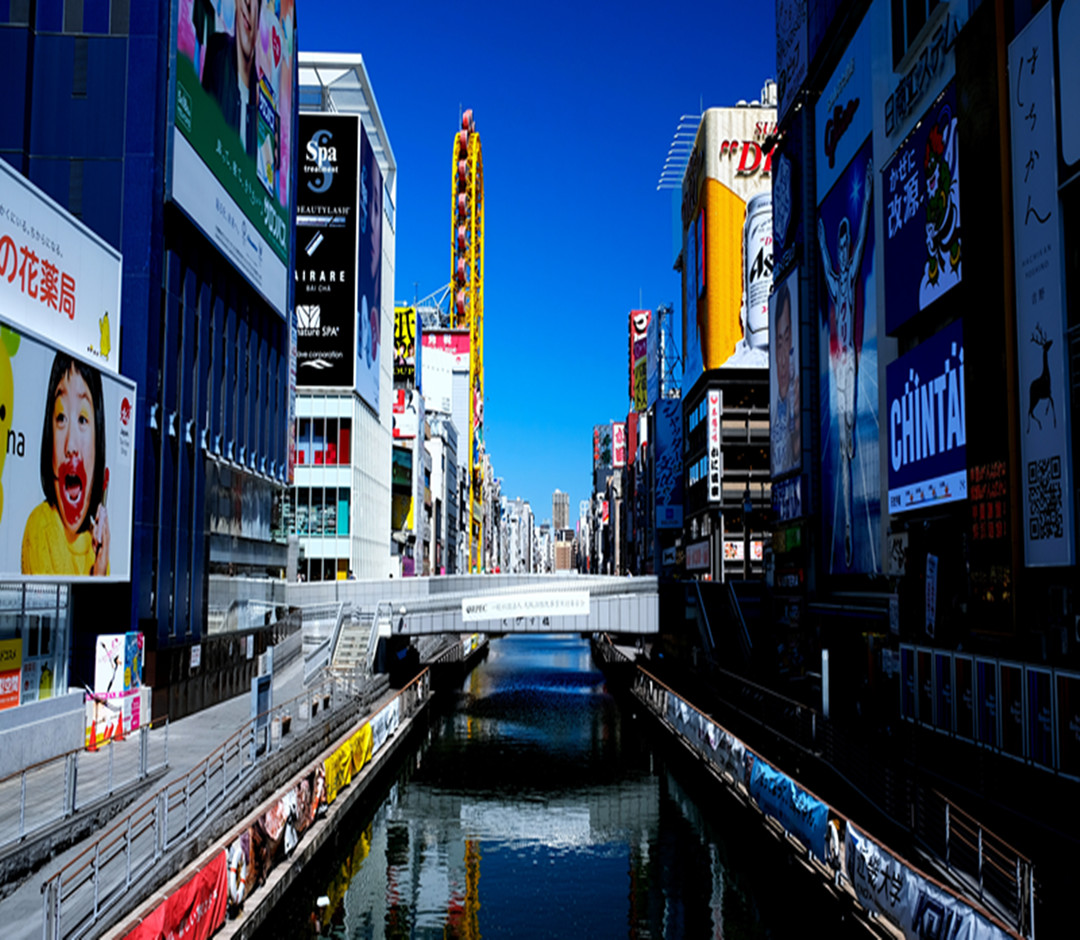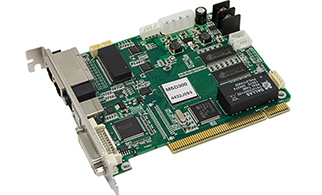Synchronous card and asynchronous card in LED display are relative to the computer: the so-called synchronous control card means that the content displayed on the display screen is synchronized with the content displayed on the computer monitor; the synchronous LED control card is the LED control card that synchronously displays a certain area of the computer screen The content of is updated in real time and needs to be connected to the computer all the time.
The LED electronic display synchronization system is to connect the display screen and the computer through the control software through a network cable or optical fiber, so that the computer display is the same as the content displayed on the display screen. It is called a synchronization system. It is generally used in full-color or large-area two-color Display,
Asynchronous systems are generally used for single-color or dual-color display screens with a small area. Asynchronous systems are also called offline systems, that is, the information is sent to the asynchronous card and then saved in the card. Even if the power is turned off, the information in the card will not be changed. Lost. Send the edited content on the computer to the asynchronous control card via RS232, U disk, and network cable. The display is controlled by the asynchronous card.
Synchronization card: online control. Send the content displayed on the computer display to the LED display. The content displayed on the LED display screen and the computer display screen are synchronized. The maximum pixel of the sending card is 1280×1024, and the maximum pixel of the receiving card is 1280×512. That is to say, if the length exceeds 1280 or the width exceeds 512, an additional card is required.
- Connection method: The graphics card requires a DVI output, and the graphics card is inserted into the AGP slot in the computer motherboard. The sending card is inserted into the PCI slot, and the receiving card and riser card are installed in the LED display. Use a Category 5 network cable between the sending card and the receiving card.
- Transmission distance: Category 5 network cable: 100 meters
- Multimode fiber: 500 meters
- Single-mode fiber: 10 km
- Advantages: unlimited storage of program content (depending on the computer hard disk space), display special effects, convenient program content editing, good picture display effect, support for animation, streaming media (video) playback. Can play TV (requires TV card support).
- Disadvantages: The computer needs to be running all the time during the LED screen playback. The cost will increase.
- Suggestion: use a synchronous card control system for LED display screens with a relatively large area (above 3 square meters).
- Computer configuration requirements: Intel P4 1.7G or more, memory 256M or more, one COM port (single use for synchronous control system), and an AGP slot on the motherboard. When the customer purchases the computer, it is not necessary to have a graphics card (a graphics card with DVI output is included in the synchronization control system), but the windows operating system must be installed (win2000 professional version or winXP is recommended).
Synchronization cardit must have a computer to output data synchronously to work.Both the asynchronous card and the adapter card are installed in the LED display.
- Transmission distance: RS-232 (theoretical transmission distance is 120 meters), and the actual stable transmission distance is 60 meters.RS-485 1200 meters, need to be equipped with RS-232-RS-485 converter.
- Advantages: Can be used offline. The computer sends the edited content to the asynchronous card through the RS-232 or RS485 interface, and the computer is turned off or the use of other software has no effect on the display.
- Disadvantages: The content of stored programs is limited, the display special effects are relatively few, and the content is inconvenient to edit. The picture display effect is relatively poor and does not support streaming media (video) playback.
- Computer configuration requirements: Intel PIII 1.2G or more, memory 128M or more, and a COM port. The asynchronous card can work as long as the content is edited and imported directly with the USB flash drive.
The LED display control card is divided into an asynchronous card and a synchronous card. The popular understanding is whether the content of the LED display is synchronous with the computer. If it is synchronous or real-time, it is called a synchronous card (when the LED display shows, control the computer It must be in the boot connection control), otherwise it is called an asynchronous card (when the LED display shows, the control computer does not need to boot the connection control). The representative of the synchronization card is LINSN, NOVA, COLORLIGHT. There are many asynchronous cards, most XIXUN, HUIDU, etc.
Whether synchronous or asynchronous,Flinky Line of production LED products are a surefire way to transform your event into an unforgettable experience.For more information about Flinky LED display, please follow us on Twitter,Linkedin,Facebook,Instagram,Pinterest,Tumblr and so on!



